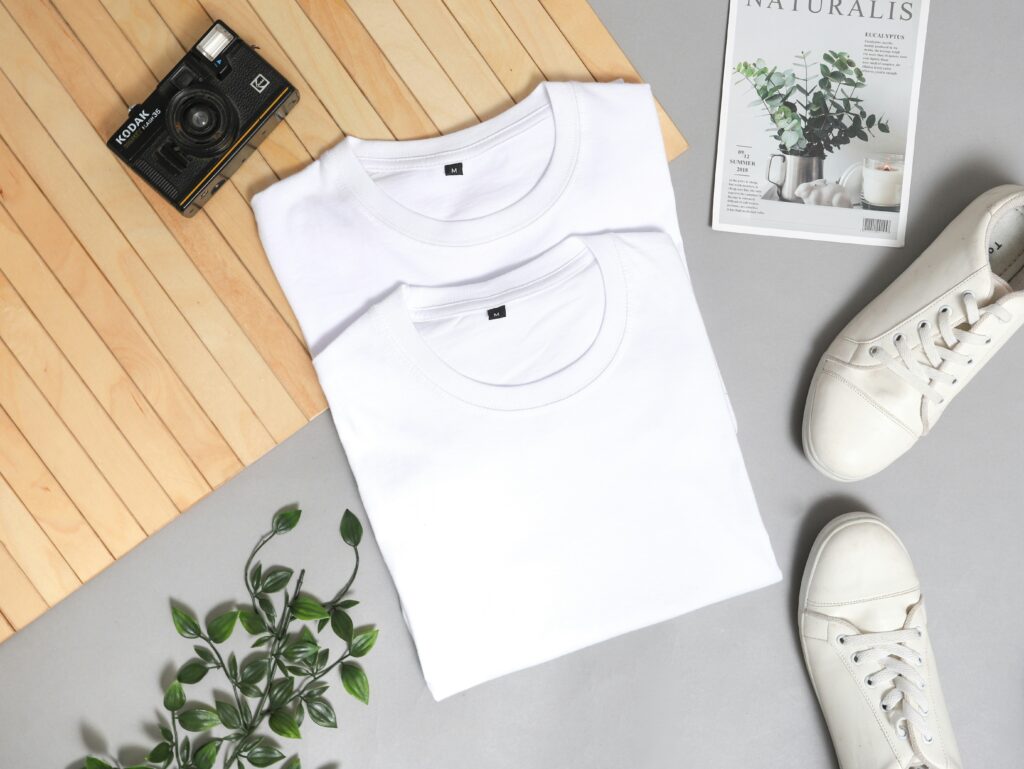
Disclaimer: Starting a Print-on-Demand (POD) business, like any entrepreneurial venture, involves risk and requires consistent effort. While it offers the potential for passive income, success is not guaranteed and depends on factors including design quality, marketing strategy, niche demand, and customer service. This article is for informational purposes only and does not guarantee specific outcomes.
Introduction: POD in 2025 – Opportunity Meets Effort
Print-on-Demand (POD) continues to thrive in 2025 as one of the most accessible ways to build a side income or scale into a full-time online business. However, the idea that it’s “passive income” from day one is misleading. Success with POD comes after putting in the work: selecting a strong niche, creating compelling designs, setting up your store, and consistently marketing your products.
In today’s saturated market, differentiation, creativity, and smart use of tools (like AI-assisted design or analytics) are key to turning POD into a reliable income stream.
Why POD Remains a Strong Low-Investment Business in 2025
POD lets you sell custom-designed products (like t-shirts, mugs, phone cases, and more) without holding inventory or shipping products yourself. Once set up, orders are fulfilled automatically through third-party platforms.
Pros in 2025:
- ✅ Low Startup Cost: Start with as little as $100.
- ✅ No Inventory Hassles: Your print partner handles it.
- ✅ Wide Product Range: From apparel to home decor.
- ✅ AI Design Tools Available: Use platforms like Canva AI, Kittl, or Adobe Firefly.
- ✅ Sustainability Trends: POD aligns with the growing eco-conscious consumer base when you use ethical suppliers.
⚠️ Real Talk: While you don’t need coding skills or business experience, success requires design thinking, niche research, and marketing know-how.
How to Start Your POD Business (Step-by-Step in 2025)
Step 1: Choose a Profitable Niche
A niche is the foundation of your success. In a crowded market, you must serve a specific audience—dog lovers, teachers, retro gamers, nurses, plant parents, etc.
How to find your niche:
- Use Google Trends to spot rising topics.
- Browse Etsy or Redbubble for bestsellers.
- Search hashtags on Instagram, Pinterest, and TikTok.
- Validate that people are passionate AND willing to buy.
✅ Best combo = Your interest + proven demand
Step 2: Create Unique & Legal Designs
You can create your own using:
- Canva
- Kittl
- Adobe Illustrator or Photoshop
- AI-assisted tools like Midjourney (for inspiration) or DALL·E
Important: Never copy copyrighted or trademarked content. Always check logos, quotes, and graphics against USPTO.gov to avoid legal trouble.
Step 3: Pick the Right POD Platform
Here are popular 2025 options:
| Platform | Strengths |
|---|---|
| Printful | Integrates well with Shopify/WooCommerce |
| Printify | Wide variety of global suppliers |
| Teespring | Community-focused, good for creators |
| Redbubble | Built-in audience, easy marketplace access |
| Etsy + POD app | Great for handmade/creative designs |
Tip: Use Printful or Printify with Etsy or Shopify for greater control + visibility.
Step 4: Build Your Storefront
You have two main options:
- Standalone Store (via Shopify or WooCommerce)
- Full control
- Must handle your own traffic
- Marketplace (like Etsy, Redbubble, Teespring)
- Built-in traffic
- Less branding control
Pro tip: Start on a marketplace for quick exposure. Once you’re generating sales, build your own brand site.
Step 5: List Products Professionally
Don’t just upload and forget it.
✔️ Use high-quality mockups (via Placeit or Smartmockups)
✔️ Write compelling product descriptions — focus on benefits (“comfortable for all-day wear”) not just features (“100% cotton”).
✔️ Include relevant keywords in titles, tags, and descriptions for SEO.
Marketing Your POD Store in 2025
“If you build it, they won’t come — unless you market it.”
Here’s how to drive traffic and build your brand:
✅ Social Media (Free + Paid)
- Post regularly on Instagram, TikTok, Pinterest, and Facebook.
- Use niche hashtags and trends.
- Collaborate with micro-influencers.
- Run targeted ads on Meta or TikTok (once you’ve validated your designs).
✅ Pinterest SEO
- Post vertical pins with keywords.
- Great for evergreen niches (weddings, hobbies, quotes).
✅ Email List Building
- Offer a freebie or discount for signup.
- Send weekly updates: new drops, behind-the-scenes, limited editions.
✅ Blog Content
- Write about your niche (e.g., “Top Gifts for Cat Moms”).
- Helps with SEO + brand credibility.
How Much Does It Cost to Start?
| Item | Estimated Cost |
|---|---|
| Design Software (Canva Pro, etc.) | $10–20/month |
| Etsy Listing Fees | $0.20/listing |
| Paid Ads (optional) | $50–100+ |
| Mockup Generator Tools | Free to $20/mo |
| Domain Name + Hosting (if standalone store) | $30–60/year |
Start small: You can begin for under $100 if you use free tools and marketplaces.
📌 Note: These are startup estimates. Costs grow with scaling (ads, tools, freelancers).
Profit Margins Explained (Realistic View)
| Product | Retail Price | Base Cost | Gross Profit |
|---|---|---|---|
| T-Shirt | $25 | $12 | $13 |
| Hoodie | $45 | $24 | $21 |
| Mug | $18 | $9 | $9 |
⚠️ These are gross profits. Net profit will be lower after fees, ads, and software costs.
Avoid These Common Mistakes
❌ Using Copyrighted Content: Leads to bans or lawsuits. Always check IP rights.
❌ Weak Product Descriptions: Don’t rely on manufacturer text. Sell the experience.
❌ Skipping SEO: Your listings won’t be found. Use keyword tools (like Marmalead for Etsy).
❌ Poor Customer Service: Delays or cold replies = bad reviews. Set up alerts for order issues.
Final Thoughts: Is POD Worth It in 2025?
Print-on-Demand still holds massive potential in 2025—but it’s not a shortcut to riches. It’s a low-cost, high-effort path that rewards creativity, consistency, and business smarts.
Once your systems are in place, POD can become a scalable income stream with semi-passive rewards.
About the Author
Sandeep is a digital content creator passionate about online business models and e-commerce trends. While not a certified financial advisor, he deeply researches trends in small business innovation and passive income opportunities. All insights shared are for educational purposes.









